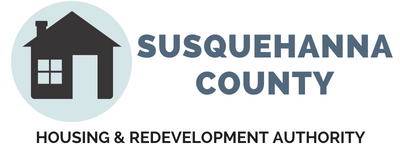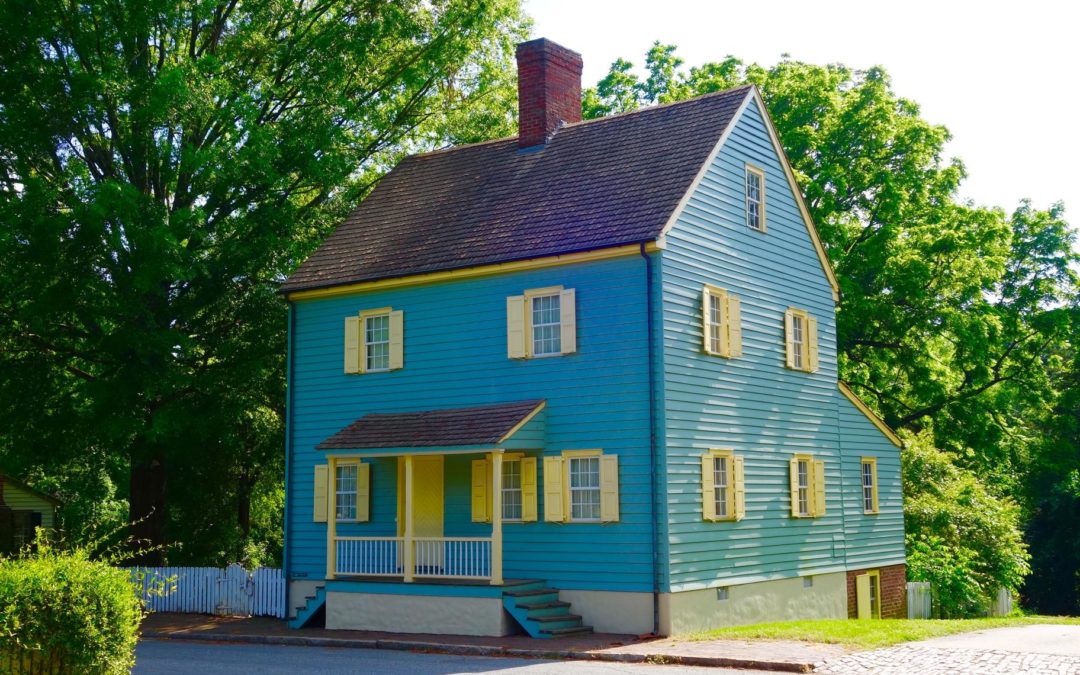Applications for CARES financial assistance for renters and homeowners will be available June 29; application submissions can begin July 6. People who lost income due to the pandemic-related economic slowdown may be eligible for rent or mortgage assistance to help them stay in their homes.
HARRISBURG – Renters and homeowners who were financially impacted by the economic slowdown related to the coronavirus pandemic will be able to access applications for rent and mortgage relief starting June 29. At that time, applications will be easily accessible from a red banner on the
Pennsylvania Housing Finance Agency’s website at www.PHFA.org. PHFA is administering both programs.
PHFA is currently identifying organizations in all 67 counties to help it process the large number of rent relief applications anticipated. People will submit their applications and supporting paperwork to these county organizations for review.
The Federal Coronavirus Aid, Relief and Economic Security (CARES) Act, passed in March, provided $3.9 billion for Pennsylvania and is intended to help people hurt economically during the pandemic. In late May, the General Assembly directed $175 million of these CARES dollars to PHFA to provide assistance for struggling renters and homeowners. The portion for rent assistance is at least $150 million, and $25 million was set aside for mortgage assistance.
During June, in a period of about four weeks, PHFA is developing detailed programs for distributing this financial assistance quickly to people in need while following legislative requirements. The agency will begin accepting completed applications for rent and mortgage assistance on July 6.
“Our goal is to make this financial assistance available as quickly and easily as possible while ensuring applicants meet the eligibility requirements established by the state legislature,” said Robin Wiessmann, PHFA executive director and CEO. “Keeping people in their homes is essential for our economic recovery, and we are grateful that the General Assembly and Governor Wolf recognize that stable housing provides the foundation on which to build that recovery.”
For renters to be eligible for financial assistance under the CARES Rent Relief Program (RRP), they will need to document at least a 30% reduction in annual income since March 1 related to COVID-19, or they must have become unemployed after March 1. If unemployed, they must have filed for unemployment compensation with the Pennsylvania Department of Labor and Industry. Their household income cannot exceed the Area Median Income for their county of residence, adjusted for the number of people in their home.
Renters who qualify may receive assistance equal to 100% of their monthly rent up to $750 a month for a maximum of six months of assistance for the time period between March 1 and November 30, 2020.
Payments will be made to their landlord on their behalf. Renters or landlords can apply for rent relief for apartment tenants, but renters are responsible for submitting all the documents needed to ensure thei eligibility.
CARES assistance available soon for renters and homeowners, Pg. 2 Homeowners who became unemployed after March 1 or who suffered at least a 30% reduction in annual income due to reduced work hours and wages related to COVID-19 may be eligible for financial assistance to help with missed mortgage payments. To qualify for the Pandemic Mortgage Assistance Program (PMAP), they must be an owner-occupant of their residence, the dwelling must consist of one or two separate units, the mortgage must be at least 30 days delinquent, and the homeowner’s annual household income must not exceed the Area Median Income for their county of residence, adjusted for the number of people in their home.
The assistance available for homeowners can be up to $1,000 a month for a maximum period of six months. The time period eligible for assistance is for mortgage payments owed from March 2020 through December 2020, however any CARES assistance provided must be disbursed by Nov. 30, 2020. Financial assistance payments through this program will be made directly to the mortgagee. Homeowners or their lenders can apply for mortgage relief, but homeowners are responsible for providing all the documents needed to determine their eligibility.
Applications for both rent and mortgage assistance will be easily accessible from PHFA’s homepage starting June 29. At that time, people will be able to click in a red banner on the website to access the applications and other helpful background information. The red banner is already live on the site advising people of the date applications will be available.
The agency’s call center is available weekdays from 8 a.m. to 5 p.m. to assist the public and help with questions about the programs. The toll-free number is 1-855-U-Are-Home (827-3466). Callers should listen for the prompt mentioning CARES assistance for renters and homeowners. The county organizations to which CARES applications are submitted will also have webpages offering useful information.
The CARES funding for renters and homeowners must be completely distributed by Nov. 30, 2020, although it is expected the assistance will be exhausted before the deadline because of the tremendous need by people hurt financially by the pandemic.
About PHFA
The Pennsylvania Housing Finance Agency works to provide affordable homeownership and rental housing options for older adults, low- and moderate-income families, and people with special housing needs. Through its carefully managed mortgage programs and investments in multifamily housing developments, PHFA also promotes economic development across the state. Since its creation by the legislature in 1972, it has generated nearly $14.6 billion of funding for more than 178,325 single-family home mortgage loans, helped fund the construction of 136,215 rental units, distributed more than $109.2 million to support local housing initiatives, and saved the homes of more than 50,300 families from foreclosure. PHFA programs and operations are funded primarily by the sale of securities and from fees paid by program users, not by public tax dollars. The agency is governed by a 14-member board.

